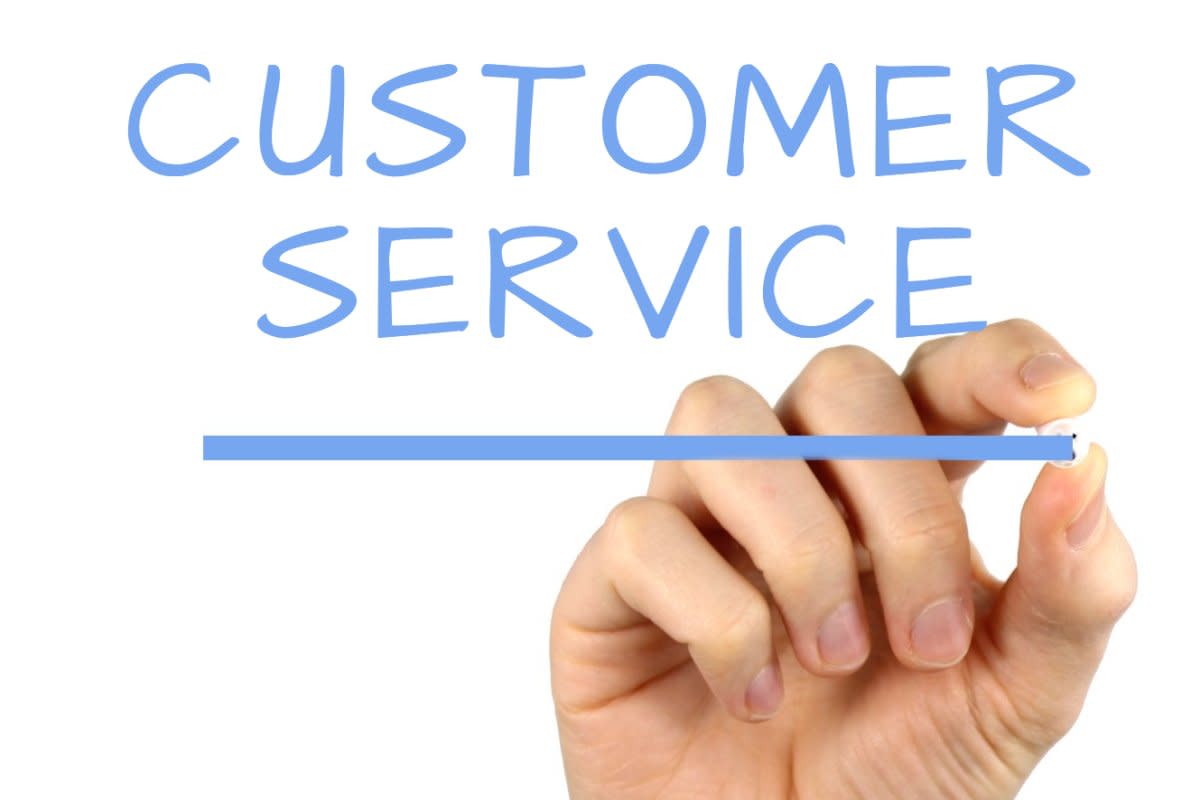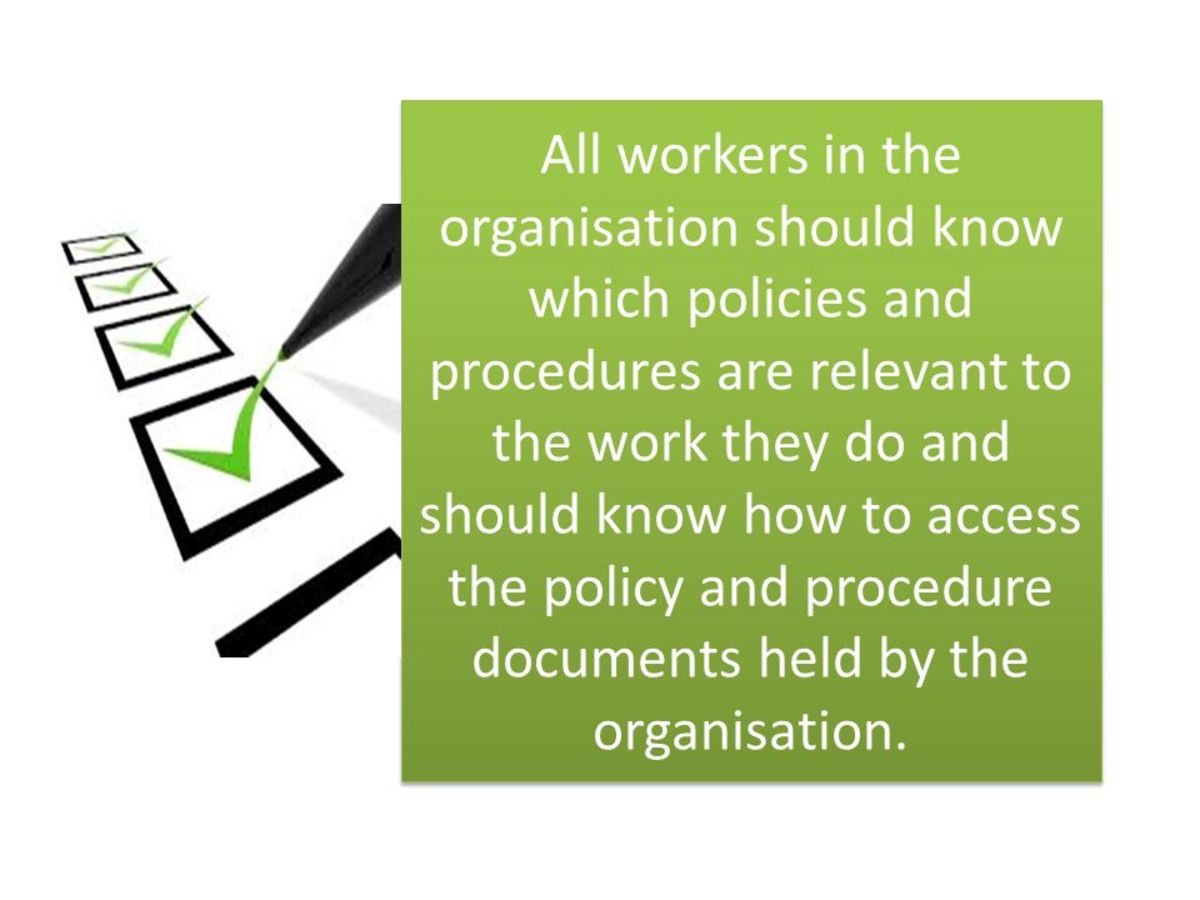Technologies That Will Impact Customer Service In The Near Future
There has been drastic shift in how businesses approach business. It is common know that from the position of vantage businesses have had to step down owing to the importance customers hold in present times. No doubt the present times has been termed the ‘age of the customer’. Businesses are now competing hard and fast to acquire and retain customers. With 70 percentbusinesses agreeing that retaining customers is less expensive than acquiring new customers, a lot of attention and time is spent on retaining customers. One possible way of retaining customers is providing them with exceptional customer experience that holds them back from swaying away towards competition. The concentration on improving the customer experience can be gauged by the fact that 89 percent of companies surveyed by Gartner plan to compete on the basis of customer experience in 2016. One major constituent of customer experience is customer service, as pointed out by Esteban Kolsky, Former Analyst with Gartner and Founder and Principal,Thinkjar who mentions 84 percent of customers are annoyed and frustrated when the agent does not have an answer to their query. The frustration invariably leads to 13 percent sharing their agony with 15 or more people while 91 percent of the non complainers make a silent exit. With technology having an impact on all spheres of business, it is evident that it will have an impact on customer service as well.
Here’s looking at some of the technologies that will have an impact on customer service in the near future.
Sentimental and text analysis:
Though the two have been around for some time, increasing calls for personalisation and efforts to better understand the customer has made sentimental and text analysis a factor to be considered for businesses. Sentimental analysis automatically rates and classifies opinions expressed in electronic text. Some of the benefits of sentimental and textual analysis would include evaluating sentiments and monitoring change over a period of time, identify the groups, forums, social networks the business is being discussed on, to help the business become part of such conversations and drive positive conversations in favor of the business. Learning about the customer sentiments enables the business to address the pain points and improve customer experience as an ongoing process. It also helps businesses identify sentiments that hint at product improvement or a new product altogether etc.
Voice stress analysis will ring a bell the moment it gets associated with a lie detector test. A voice stressanalysis basically comprising the tone, pitch and timbre of the human voice tries to figure out from the voice of an individual his disposition at that very moment, if he is happy, sad, lying or expressing the truth. In case of customer service representatives conversing with a customer their voices are usually recorded after an automated declaration mentioning that all calls will be recorded for the purpose of training. In such a scenario the voice stress analysis gives an understanding about the efficiency of the customer service representative when conversing with the customer, if the pitch and tone sound uplifting so as to impress and keep the customer interested or was it low and not interested. Similarly the voice patterns of the customer can be evaluated to learn when a customer is likely to make the final purchase, what part of the conversation gets him disinterested or the use of words that get him excited.
Internet Connected Devices; Wearables and smartphones:
The global wearables market is expected to touch $19 billion by 2019 five times more than what it was in 2014. The total revenue from the retail of wearable is expected to touch $53.2 billion by 2019. In terms of smartphones the world is expected to acquire 2.19 billion smartphones by 2019. With such huge number of wearables and smartphones expected to be in use by 2019, using it for the purpose of customer service would not be a far fetched thought. PWC’s research named ‘the wearable future’ states, ‘the wearable category is ripe with opportunities to deliver on unmet needs. Their research also revealed tremendous opportunities for wearables to wow consumers and win them over with meaningful relevance—territories where the category is only now on the cusp of transforming our behavior in ways that improve our lives. Key territories that emerged include stress reduction through more streamlined technology and human-centered design; strengthened connections to family and friends through more multi-sensory ways of interacting; improved personal accountability via devices that encourage goal-directed behavior; and improved customer service by way of reactive and precisely targeted real-time data.
Taking cue from whatGene Alvarez, managing vice president at Gartner, told the audience at the Gartner Customer 360 Summit, the best CX leaders design their CX from the point of view of the customers’ motivations and goals, and then they build their brand around the CX; not the other way around. A Software as a Solution that will not just help boost customer experience by helping the business understand their customers better but enable higher standards of customer service is customer identity management solutions. CIM as a solution helps register customers gathering profile data at the time of the registration. It also collects data shared by social networks shared when a customer uses their existing social network id to register or login using social login. Businesses using the customer registration service also avail benefit of additional data gathered through progressive profiling of the customer collecting information as a step by step process every time a customer interacts with your website. All the accumulated data is then analysed to providecustomer insights that gives a deeper understanding about the customer. With the information available throughout the organisation everyone has the same image or understanding of the customer including the customer service department. Having a distinct image and understanding about the customer provides the know and skill to handle the customer at best and make his experience pleasant and lasting in memory.
The above mentioned technologies are slated to drive the way customer service is assessed and approached in the near future. If you know of anything else that is not mentioned here or think something could be added to the mentioned, please share your thoughts for us to edit and share the information with all other readers.








